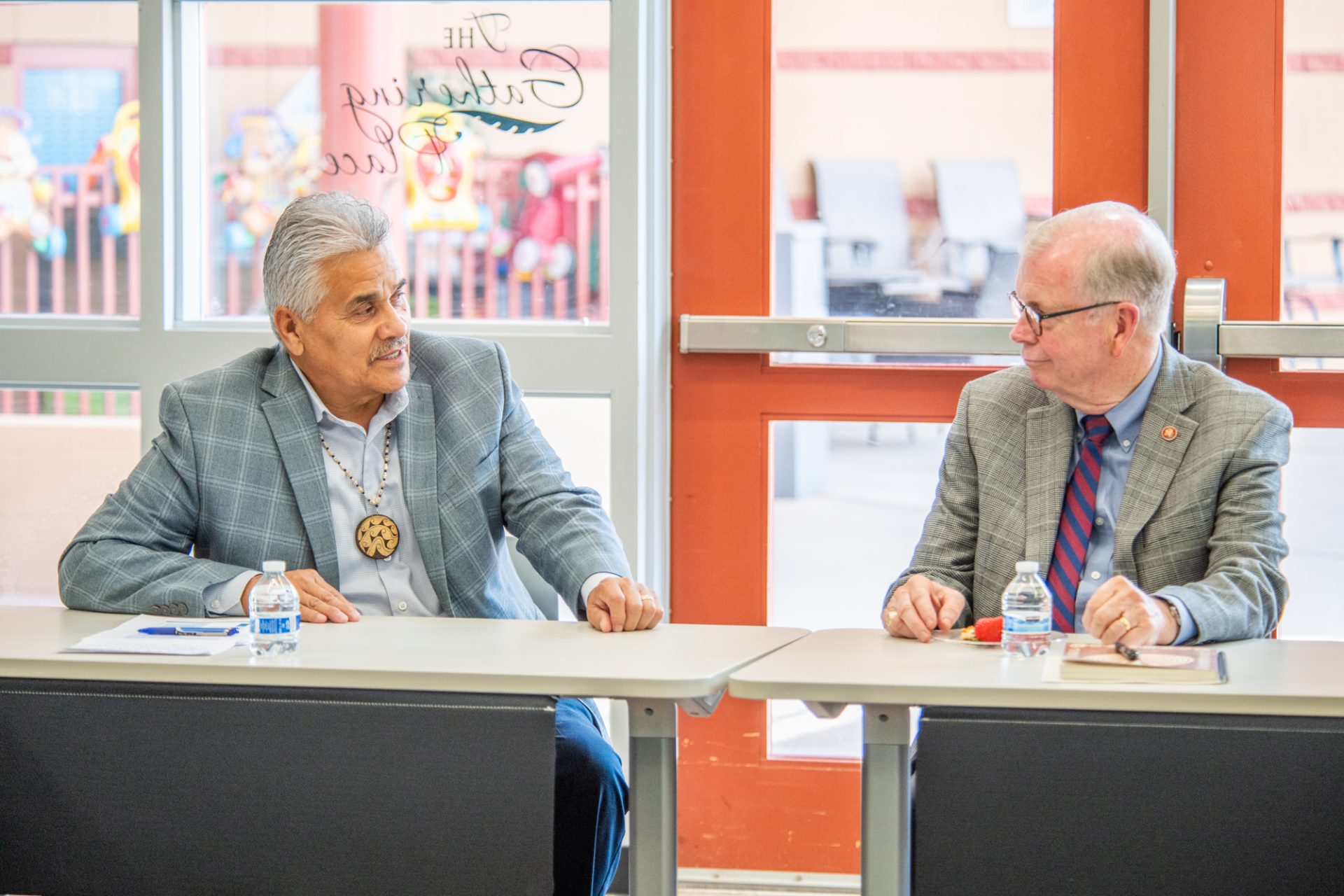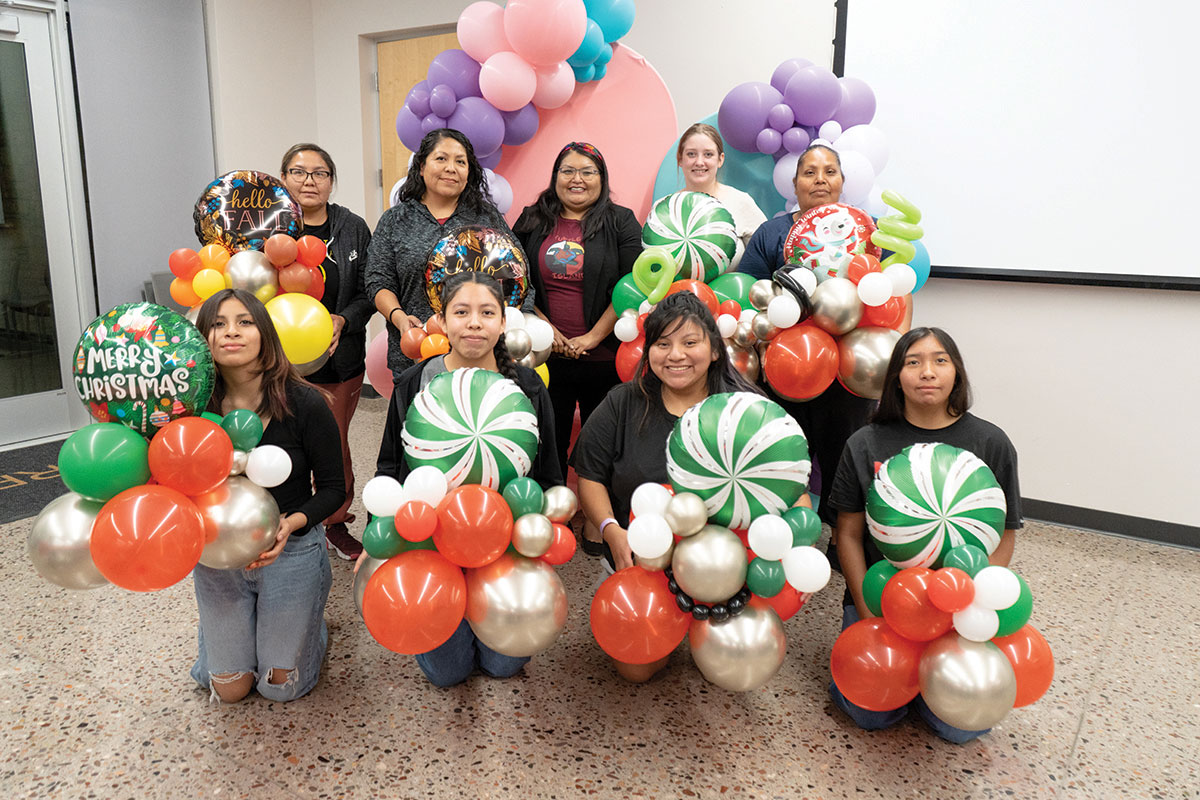VIEWS: 1402
July 14, 2025Congressman Tim Walberg Visits Early Childhood Education Center
U.S. Rep. Tim Walberg, a Republican from Michigan and chairman of the House of Education and Workforce Committee, visited the Early Childhood Education Center (ECEC) in the Salt River Pima-Maricopa Indian Community on May 27.
When SRPMIC President Martin Harvier testified in Oklahoma City, Oklahoma on April 4 at a Congressional hearing of the U.S. House of Natural Resources Committee, he extended an invite to Walberg to visit the Community if he was in the area. Walberg took Harvier up on the offer.
Walberg met with SRPMIC and Salt River Schools leadership at the Gathering Place conference room to learn more about what the tribe is doing with self-governance funds from the IHS Tribal Self-Governance Program, but also where the gaps are.
Also discussed were funding needs at ECEC and the tribally—and federally—funded services at ECEC, as well as proposed changes to the Child Care Development Fund (CCDF). The ECEC receives federal funding from CCDF, which, among many things, is used to subsidize the Extended Day program at the ECEC and the Certificate Program. Salt River Schools held an April 17 hearing to inform the Community about this.
The leadership at the table included SRPMIC President Martin Harvier, SRPMIC Council and ECEC Policy Council Representative Mikah Carlos, Superintendent of Salt River Schools Sheryl Houston and ECEC Leader Michelle Kuamoo.
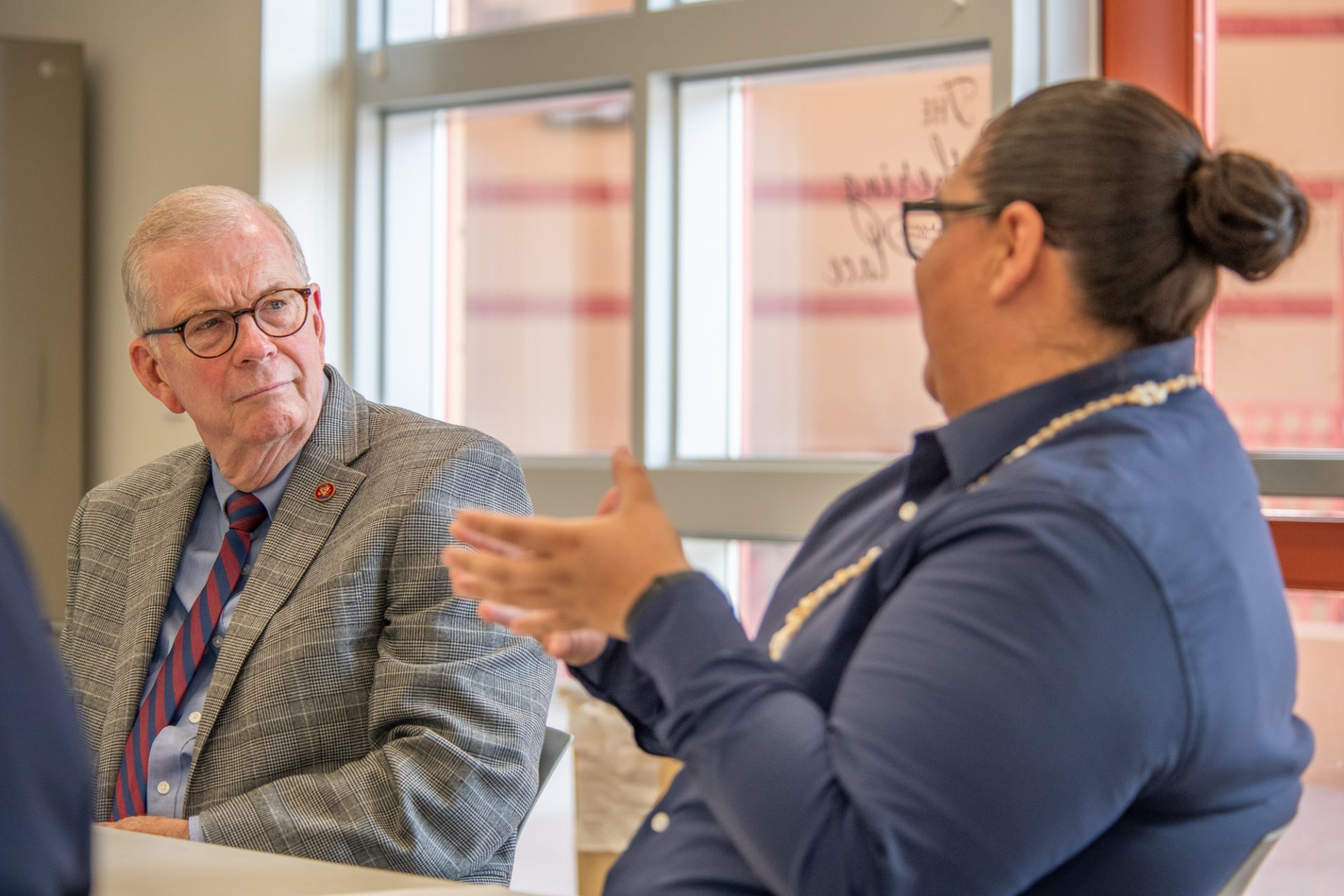
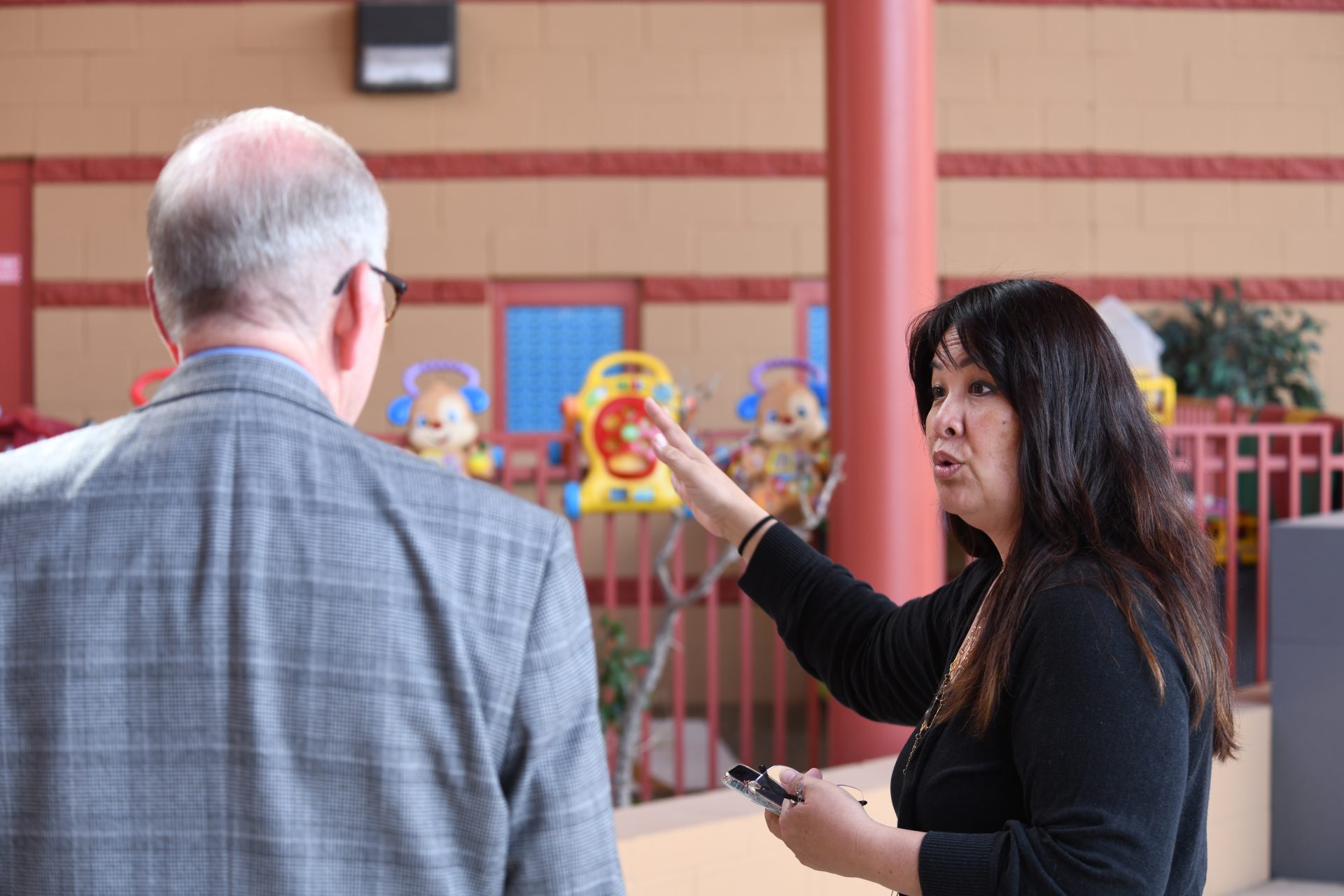
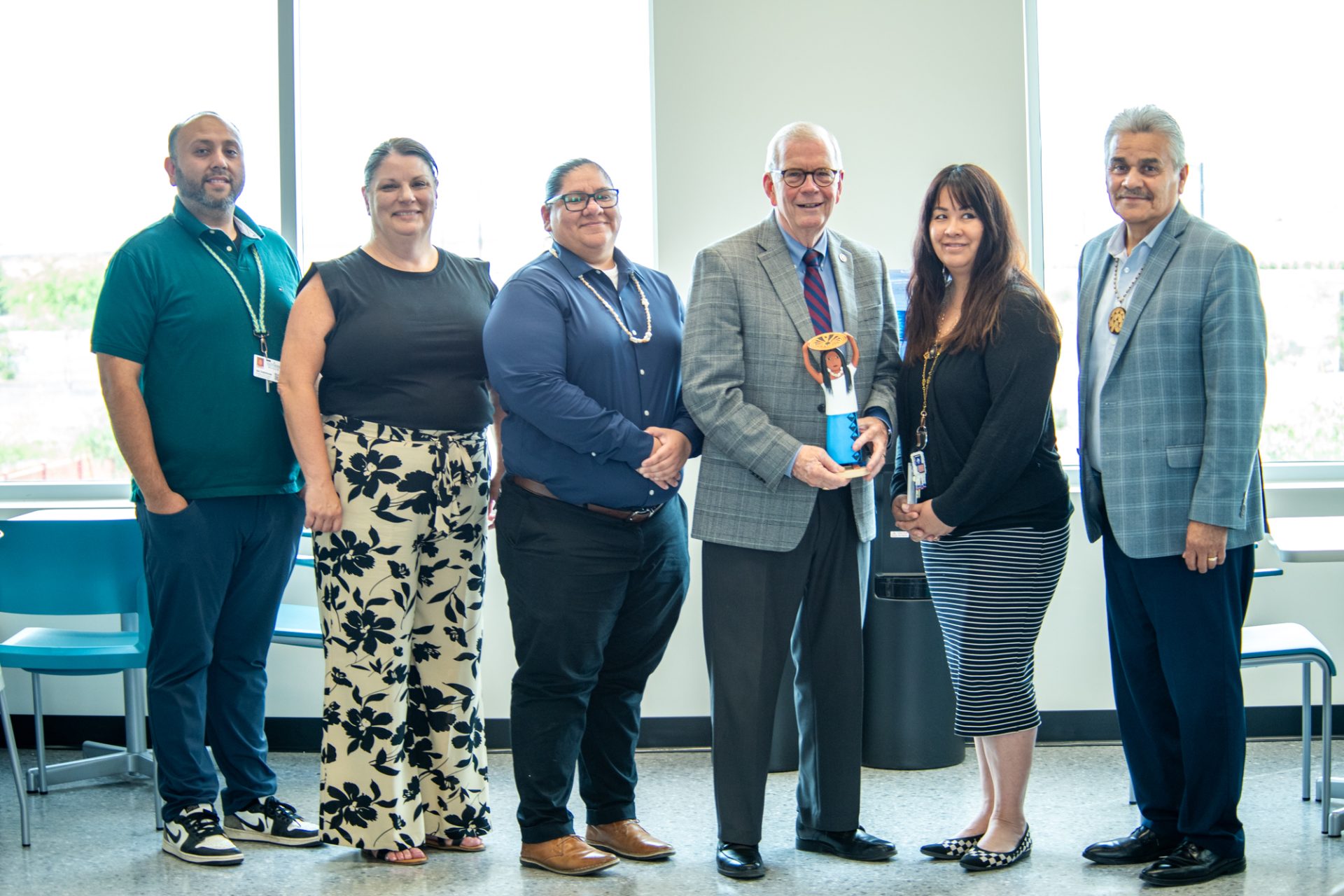
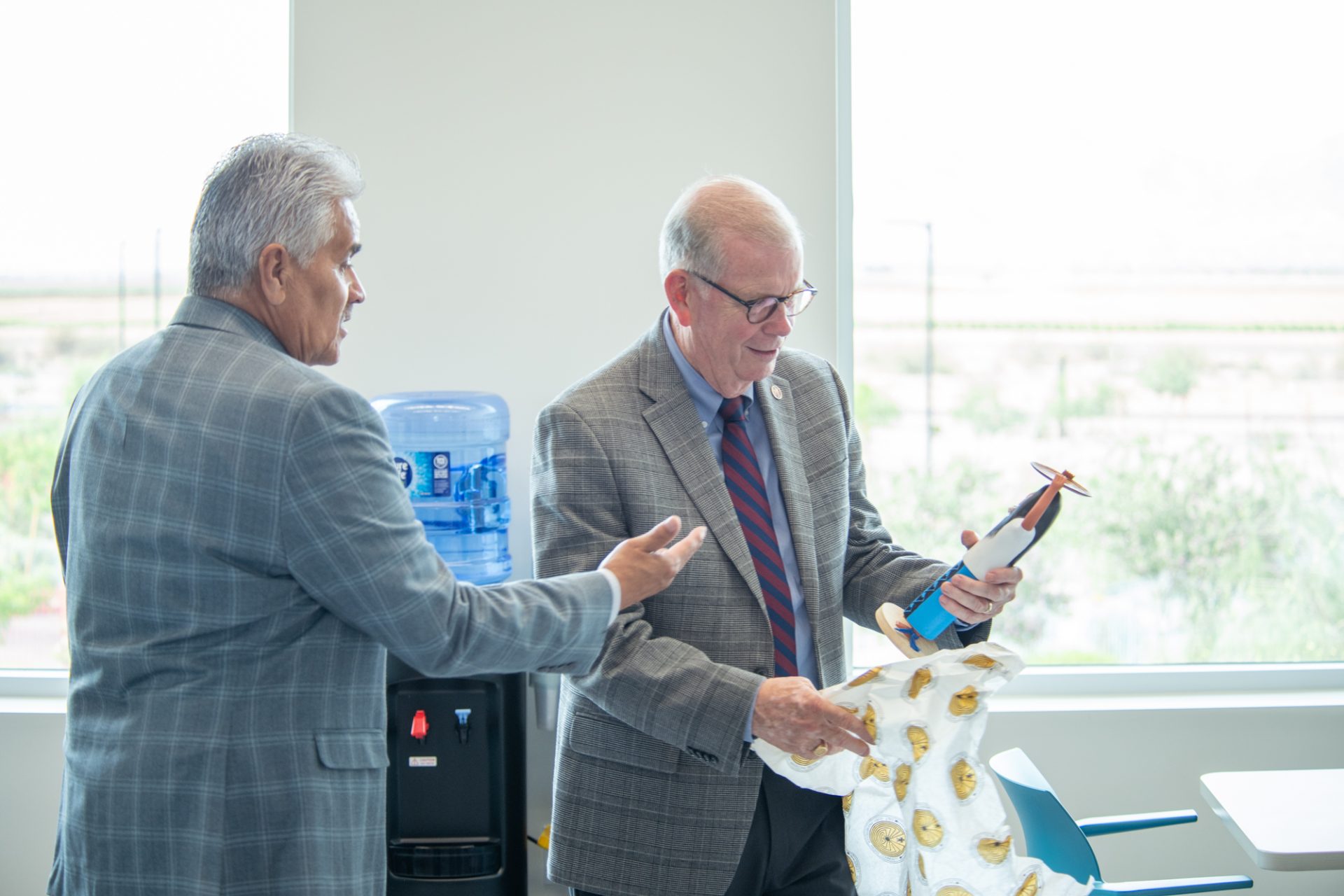
Salt River Schools Native Culture Coordinator Ipa Dutchover presented an overview of the Community and shared information about the tribes that make up the Community.
Leadership discussed with Walberg the uncertainty of available future expansion grants from the federal government to help the tribal school system and how boundaries affect Head Start services available to Community members. Carlos mentioned that many Community members are frustrated that their children are not eligible for services that could be provided to them.
“How do we have self-determination when we can’t say who we can provide services to?” Carlos said to Walberg.
Carlos said that the way that self-governance funds are distributed is based on a formula. For the SRPMIC, Carlos said, the formula hasn’t really changed since the Community became a self-governance tribe.
“We’ve still been getting essentially the same amount of money, which worked for us back then when we had a tribe of like 100 employees and maybe 4,000 members,” Carlos said.
“Now we have almost 3,000 employees and over 11,000 members, so trying to show that as the gap in self-governance grows, it puts a bigger burden on the Community and the tribal government budget to cover those things like law enforcement, education, fire, those kinds of things we use those funds for.”
The group adjourned from discussion to take a tour of the recently expanded ECEC facilities.

